EUROPE TRIALS THE SUPER ECOCOMBI
Increasing transport efficiency reduces emissions and streamlines logistics operations. That much is proved by the raw numbers shown in the European pilot programmes of Super EcoCombi rigs.
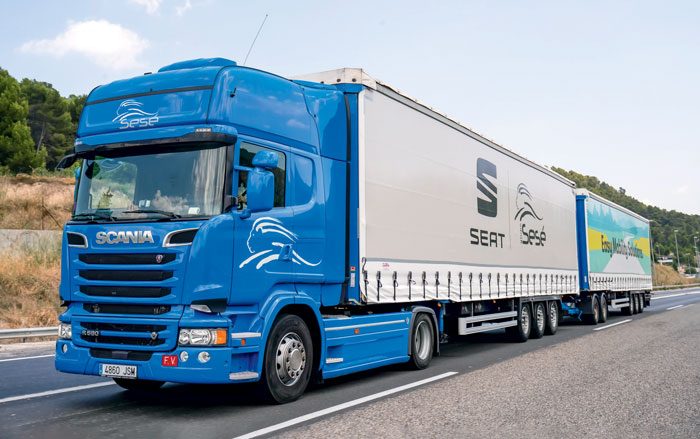
Photo: Spain has invested heavily in new toll roads and recently permitted three hauliers to use 70-tonne GCW twin-trailer SECs.
Longer Heavier Vehicles (LHVs), or EcoCombis, have become a regular sight on some European roads. In the Netherlands, LHVs of 25.25m with a maximum gross weight of 60 tonnes have been in use for 25 years. More than 2200 units are now on the road, and nobody has filed any complaints. On the contrary, the transport industry and the European Commission are convinced that longer and heavier goods vehicles are helping to reduce CO2 emissions considerably. However, these 25.25m-long combinations are hampered by different regulations in the various EU member states. Historically, Sweden and Finland have been among the forerunners in permitting longer and heavier truck and trailer units.
Making good progress
Currently, Sweden allows 74-tonne gross combination rigs of 25.25m, as well as pilot combinations with a similar Gross Combined Weight (GCW) up to 34m. Loads carried on the latter consist mostly of general cargo, parcels, automotive parts and waste. All this transport takes place along designated routes of between 50 and 600km. The frontrunner in this field has been Finland, which allows 76-tonne High- Capacity Transport (HCT), or Super EcoCombi (SEC), combinations with a length of 34.5m on all major highways, and even 36m-long and 105- tonne gross timber trucks on specified forestry roads. Over-length combinations are only permitted in the northern countries if they operate as a modular system (EMS). In Finland, most cargo is made up of forestry, mining and ore, cokes and petroleum, and chemical products. HCT units are now responsible for taking care of nearly 50% of all road transport in the country. Denmark and Norway are also looking at testing whether SEC combinations can benefit cargo haulage on long-distance work. Since 2014, both already permit LHVs of 25.25m length with a GCW of 60 tonnes on all major roads. In the south, Spain has been experimenting with longer and heavier trucks since 2016.
The first pilot programmes centred on the 25.25m B-double and rigid-plus dolly-trailer units, with a maximum GCW of 60 tonnes. From 2018 on, logistics provider XPO and car manufacturer Seat have run pilot SEC combinations of 70-tonne GCM and 31.70m length. Freight carried is automotive related (for Seat) between the production plant and parts suppliers, and general cargo (for XPO) between various distribution centres and warehouses. These run on a designated route from the Barcelona area to Madrid and to three other inland points. The distances covered range between 50 and 600km. A third carrier that recently got the green light to operate extra-long vehicles is Grupo Disfrimur of Murcia, Spain. The company is committed to reducing the environmental footprint and has used 25.25m, 60-tonne GCW trucks since 2018. It has now invested in a new MAN tractor that pulls two 13.6m refrigerated trailers. These are what it calls ‘Euromodular System‘ combinations, which haul mainly agricultural products and supermarket goods to various destinations.
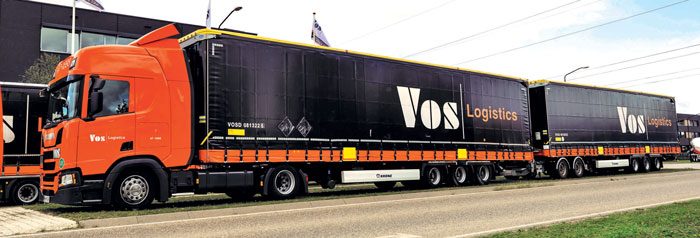
Photo: Several Dutch operators are ready to start linehaul work with 32m combinations in 2021.
Impressive results
A Super EcoCombi is an over-length A-double combination, made up of a standard tractor-semitrailer with a second 13.6m trailer attached to the first by a fixed dolly. Thus, using standard components, a road train of nearly 32m is created with only three pivot points. In some countries, the 32m rigs are also known as Eco Duo or A-double. An SEC can transport in one journey the volume of two standard semi rigs, so only one driver is needed. Research has shown that far fewer accidents have happened with maximumlength trucks than with other forms of haulage vehicles. Also, congestion on the road is reduced because the much larger single vehicle occupies 40% less space than two standard semi-trailer rigs. Not surprisingly, such a set-up also makes it possible to reduce fuel costs by up to 25%. In Scandinavia and the Low Lands, the EcoCombi has proved to emit 15% less CO2 than a conventional tractor-semitrailer or truck and trailer. The SEC makes a 27% reduction of emissions possible. The new permissible length would also benefit hauliers of sea containers because two 40‘ containers could now be transported on one rig. For example, take the first pilot programmes of 32m combinations in the Netherlands, which are held on A-roads between the Port of Rotterdam and the German border at Venlo. Suppose one of the world‘s largest container ships, the MSC Febe, drops its entire load at the Rotterdam terminal to transport this lot with SECs would save no less than 5939 journeys.
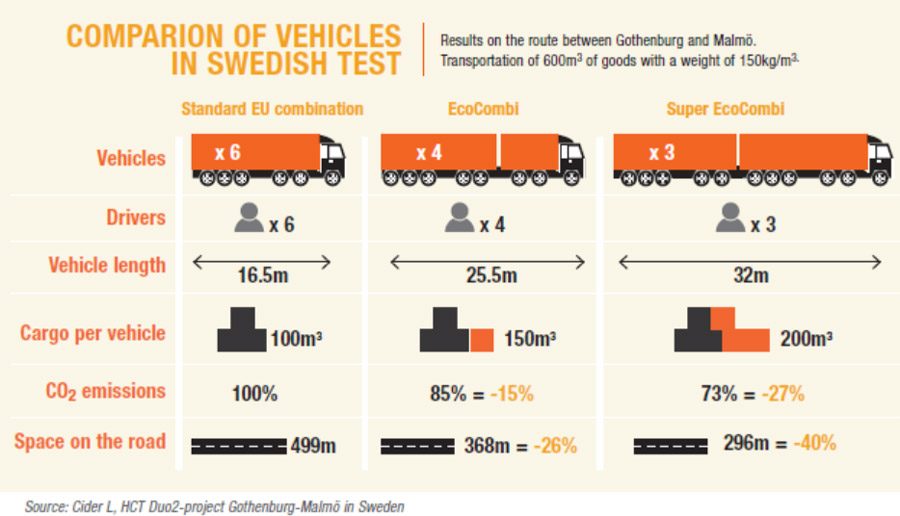
Harmony for efficiency
Within its so-called Green Deal, the European Commission wants to speed up the reduction of CO2 emissions, among others, by setting increasingly strict requirements for commercial vehicles. Making regulations for the operation of longer and heavier trucks easier should take precedence across Europe. However, some countries such as France, Italy, Britain and the Alpine countries don‘t want to allow even 25.25m EcoCombis on their roads. Belgium, Germany and the Czech Republic are only now, reluctantly, giving the green light for operation of LHVs on some designated highways. The problem is that every country sets its own rules, which limits the use of larger goods vehicles and hence transport efficiency. Harmonising this is definitely a task for the EU the sooner, the better.
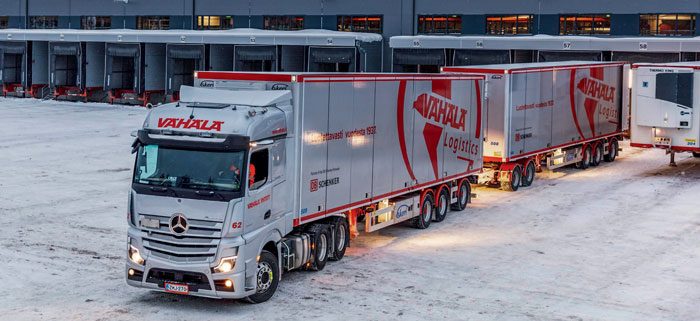
Photo: Forerunner Finland has allowed 34.5m-long, 76-tonne GVW vehicles on all major roads since 2019.
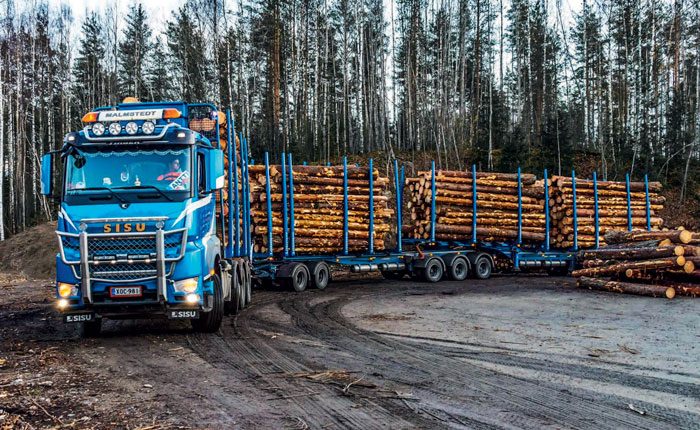
Photo: With special permission, timber hauliers in Scandinavia can operate 12-axle multiple trailer rigs of up to 105 tonnes.
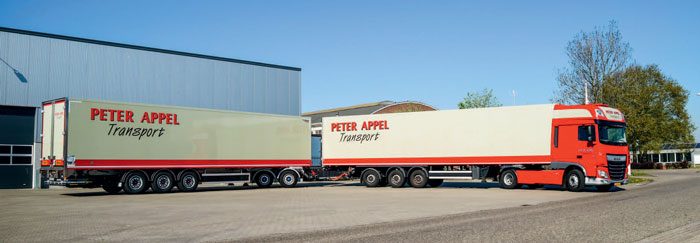
Photo: The Super EcoCombi is made up of standard components and has only three pivot points.
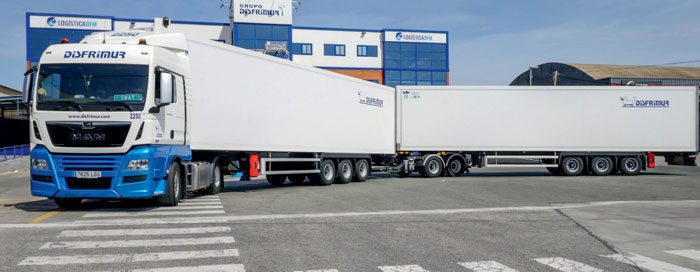
Photo: Spanish logistics firm Disfrimur is committed to reducing its environmental footprint with new MAN Super EcoCombis.





